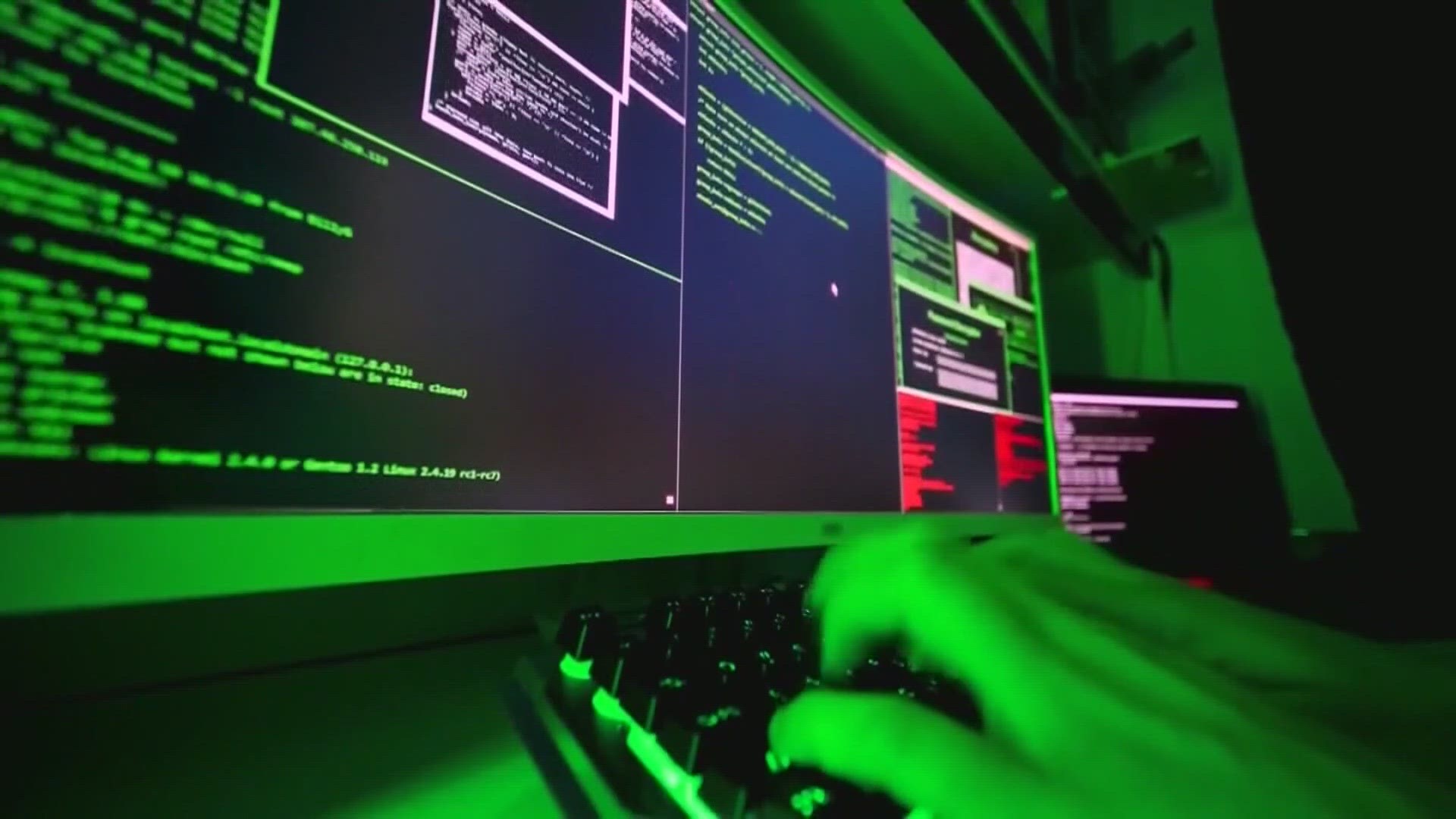COLUMBUS, Ohio — Artificial intelligence has been around for a long time by the way of Google searches, spellcheck and predictive text. Generative AI, on the other hand, is a different animal.
“Those are your fake images, those are your manipulated images, images appearing to show something happening that never actually happened,” said Kelly Jones, a reporter and researcher with 10TV’s national VERIFY team.
Early on, generative AI images were fairly easy to spot. But as the technology has gotten better, the images are getting trickier. As of right now, Jones said there are still a few tells or “artifacts” to look for when trying to determine if an image is real or AI-generated.
“Even though artificial intelligence technologies are evolving, they are still not completely 100% great at creating things like fingertips or facial features. They're not great at capturing the reflection in somebody's eye,” she said.
AI generators still aren’t very good at capturing humanness, especially in audio and video. Oftentimes, the technology will leave out pauses and inflection in speech.
Even though the technology has its flaws, it’s still being used to try and influence people’s opinions in an election year.
A voice similar to President Biden’s was used in a robo-call before the New Hampshire primary. An AI-generated photo of former President Donald Trump on a plane with convicted sex offender Jeffery Epstein was widely circulated on social media.
“Fake information is not new. Disinformation is not new. What's new is how easy and cheap it is to create in 2024. What that means for people is not that we should just tune out and disbelieve anything, it means that when we see something we need to be very careful to vet it, to check its source,” said Oren Etzioni, founder of TrueMedia.
Etzioni founded the non-profit TrueMedia to identify uses of AI and deepfakes to spread disinformation in political campaigns.
He said the big reason campaigns and others are using AI-generated disinformation is to illicit a reaction and response.
“The danger is that you see something and the first few seconds you have a strong emotional reaction and you’re outraged, you’re surprised and it’s so easy to scroll, to click, to forward this to many friends and they forward it to many friends,” he said. “We need to understand the source of these things and we need to understand that we are potentially being manipulated, particularly on sites like TikTok, YouTube where so many people are getting their news.”
The issue of using AI in political campaigns has caught the attention of Ohio lawmakers. Amhurst Democrat Joe Miller introduced House Bill 410 which would require the use of deepfakes and AI to be clearly labeled. Miller said the use could prove dangerous to the country’s elections.
“It could change people’s minds and they go and vote on bad information or even worse they just say ‘I can’t trust the system’ and they give up on the system that’s been around coming up on 250 years and that’s been working,” Miller said.
Ohio Lt. Gov. Jon Husted introduced an AI education toolkit for educators. In an interview with 10TV, he said AI can be used as a valuable tool in the classroom.
“AI can be a 24/7 tutor to help you work through problems that you might have at home,” he said. “When we have questions that I don’t know the answer to, then we collaborate on it and that’s how I think of AI: as a collaborator.”
He added that there are plenty of people using AI for more nefarious reasons.
“There are people who are using it to do ill, to try to scam senior citizens, to try and put out false information and dialogue,” Husted said. “I don't think it’s possible to ban it because even if the candidates don’t use it, outside forces will use it and the candidates aren’t even in charge of their campaigns anymore with the way all of this self-creation can occur out there.”
Jones said there are still a few things you can do to prevent getting duped by AI.
“Would this person or character in this AI footage be saying that? Is it too good to be true? Are there any news reports that this has been said,” asked Jones. “The biggest thing we’re telling our readers is if you’re suspicious of any content you see online, don’t share it automatically. Do your own research, check the context and go with your gut and ask yourself if it passes the sniff test.”
Read more on detecting AI from 10TV's national VERIFY team here.

